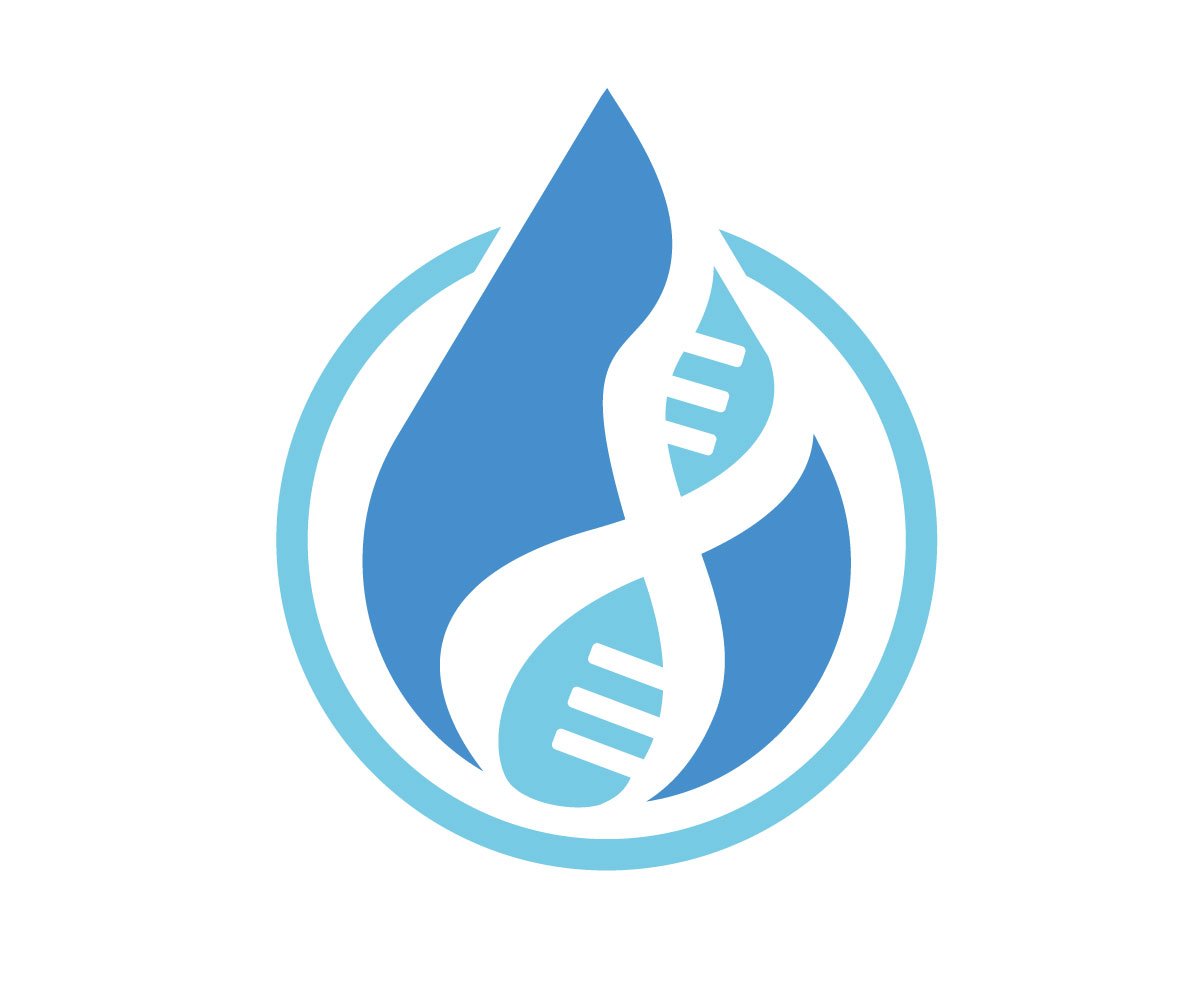Genetic counseling for stigmatized pregnancy conceptions
This is a post aimed at educating the professionals who work with people having DNA testing who are familiar with and in a position to share unexpected findings such as incest/high ROH. At the end, we offer a call-to-action. NOTE: Please proceed to the full post only if you are prepared to read about shocking topics including sexual trauma, DNA trauma, severe family dysfunction and abuse.
Sign up to read this post
Join Now

